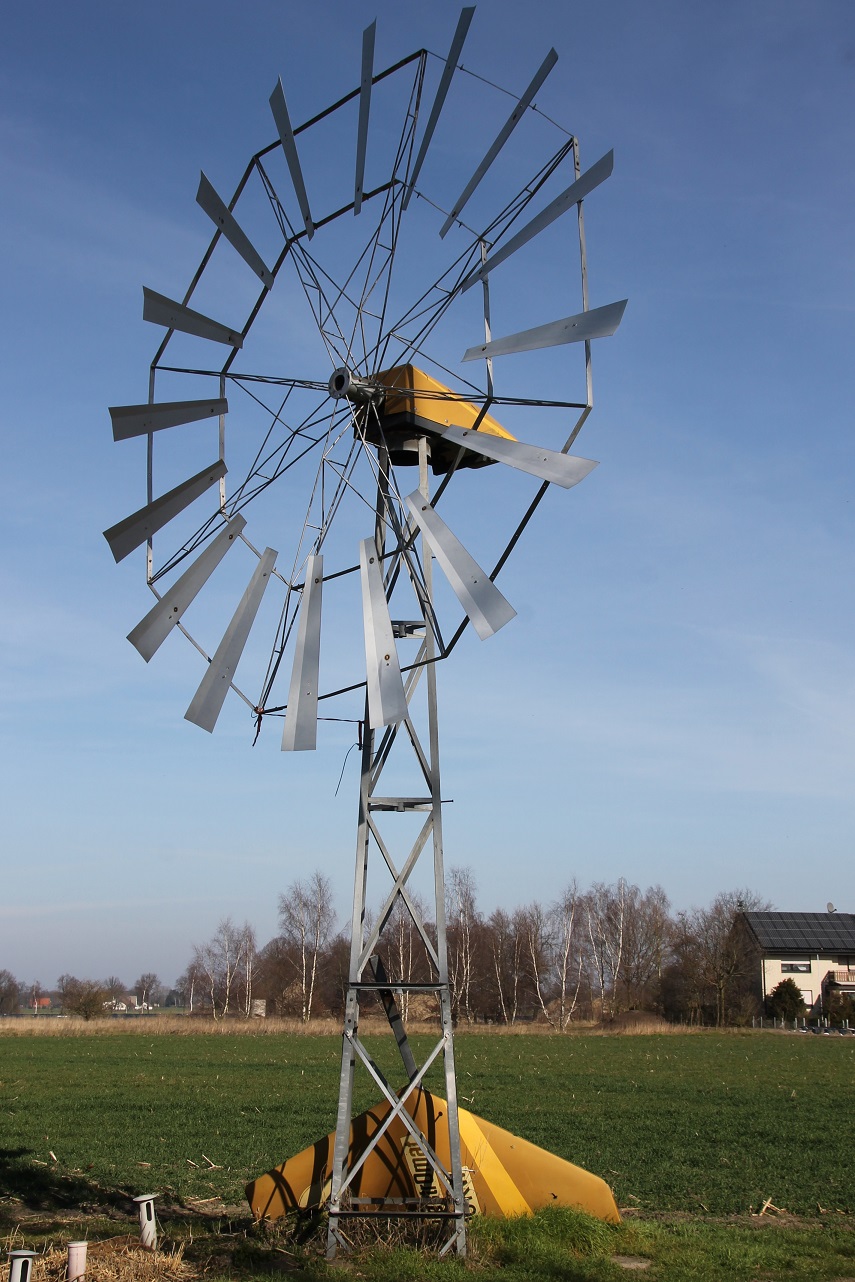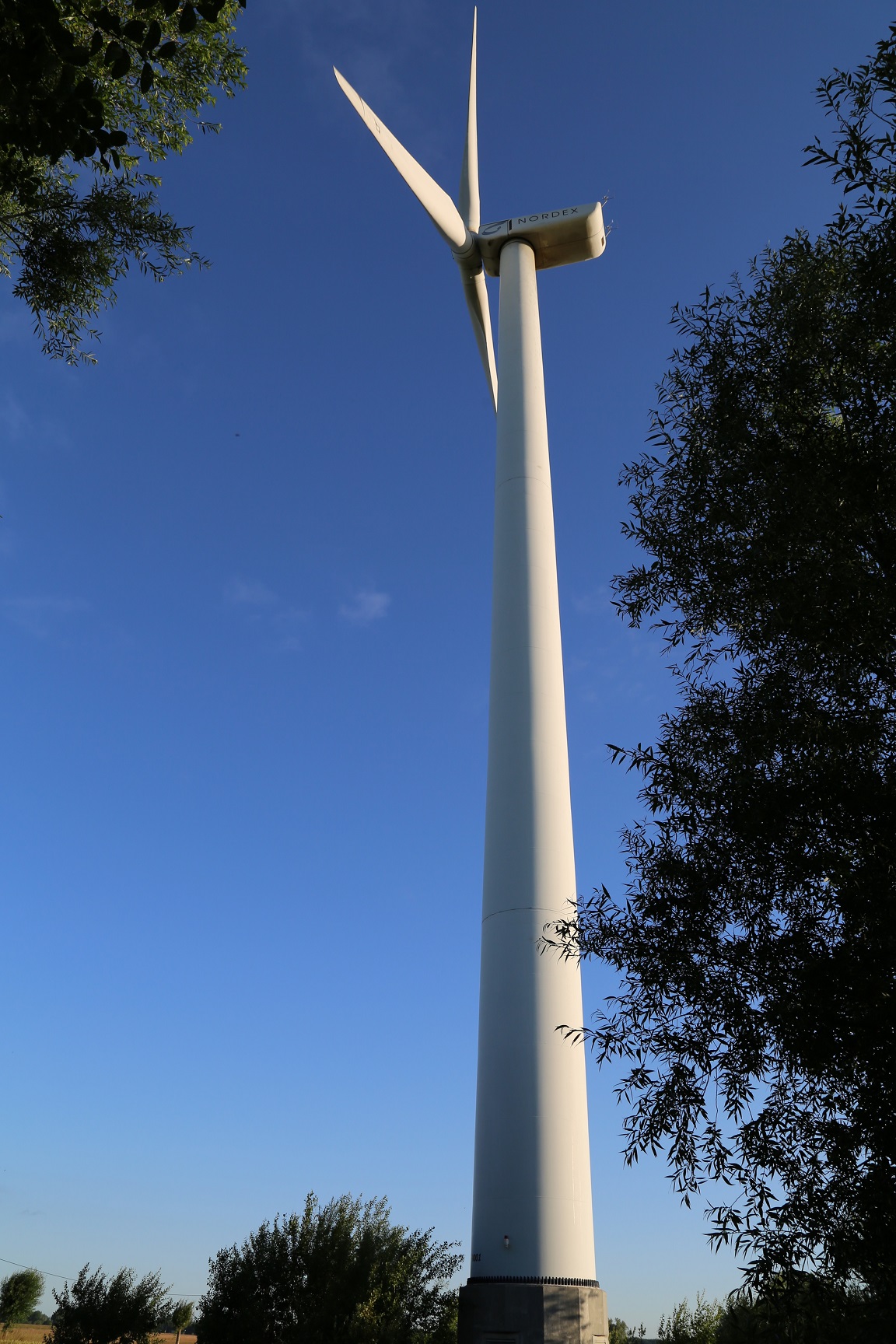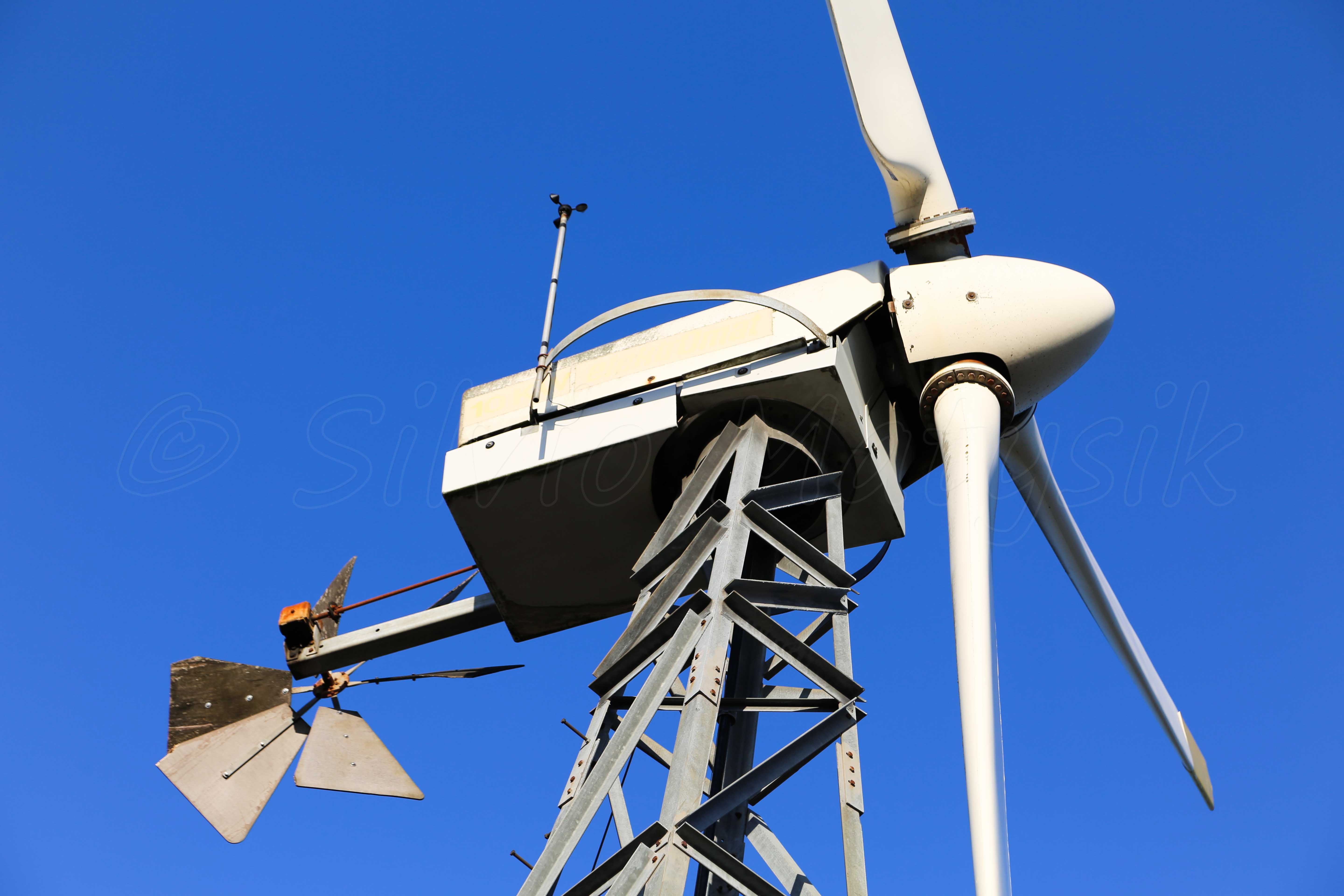
Neither figure expresses the amount of time that a wind turbine is actually generating electricity. The second figure is availability, the amount of time that a turbine is not shut down. The first figure is a theoretical capacity factor, the amount of energy actually produced over a year as a fraction of the turbines’ maximum capacity. This is usually between 15% and 35%.ĭo wind turbines work 30% of the time or 90%?

#Wind data generator full#
The turbine’s “capacity factor” is its actual average output as a fraction of its full capacity. Without the wind, it is like a bicycle that nobody rides: available, but not spinning. What is the difference between capacity factor and availability?Ī wind turbine may be “available” for 90% or more of the time, at least in its early years of operation, but its output depends only on the wind. The total capacity factor for EU-27 countries in 2007 was 13%, according to the EIA. wind projects self-reporting to the Energy Information Agency in 2003 was 26.9%. What is the typical capacity factor for industrial wind turbines? For example, if a 1.5-MW turbine generates power over one year at an average rate of 0.5 MW, its capacity factor is 33% for that year. The capacity factor is the actual output over a period of time as a proportion of a wind turbine or facility’s maximum capacity. With a 25% capacity factor, a 2-MW turbine would produceĢ MW × 365 days × 24 hours × 25% = 4,380 MWh = 4,380,000 kWh Industry estimates project an annual output of 30-40%, but real-world experience shows that annual outputs of 15-30% of capacity are more typical. On average, therefore, wind turbines do not generate near their capacity. If the wind speed decreases by half, power production decreases by a factor of eight. At slower wind speeds, the production falls off dramatically. How much energy do wind turbines produce?Įvery wind turbine has a range of wind speeds, typically around 30 to 55 mph, in which it will produce at its rated, or maximum, capacity.
#Wind data generator generator#
A larger generator requires larger blades and/or stronger winds. A taller tower provides access to steadier winds, and larger blades capture more wind energy. The power is generated from the energy in the wind, so a turbine’s power is determined by its ability to capture that energy and convert it to rotational torque that can turn the generator and push electrons into the grid. What determines how much power a wind turbine can produce? Turbines are now generally in the range of 2-3 MW.

1.5 MW is its rated, or maximum, capacity, at which rate it will produce power when the wind is in the ideal range for that model, between 27 and 56 mph. General Electric (GE) makes a once widely used 1.5-megawatt model. What is the power capacity of wind turbines? Production of power at the rate of 1 MW for 1 hour equals 1 MWh of energy.

The production of power over time is measured in megawatt-hours (MWh) or kilowatt-hours (kWh) of energy. One MW is equivalent to one million watts. Manufacturers measure the maximum, or rated, capacity of their wind turbines to produce electric power in megawatts (MW). Also see Wind Watch Wiki: Energy, Capacity factor What is a megawatt or a megawatt-hour?


 0 kommentar(er)
0 kommentar(er)
